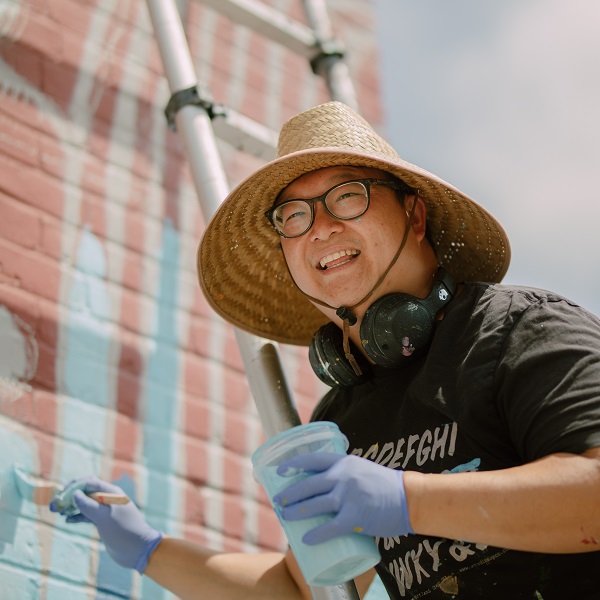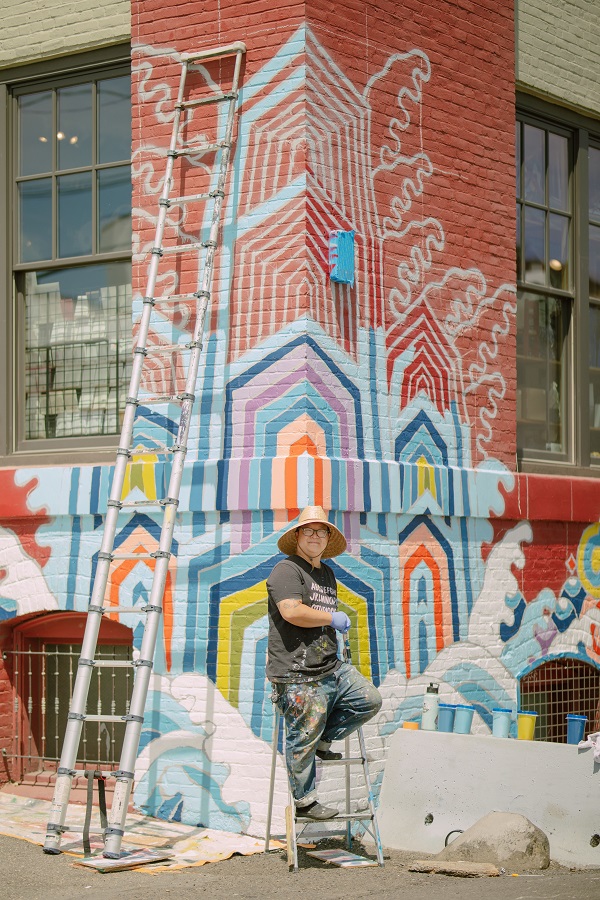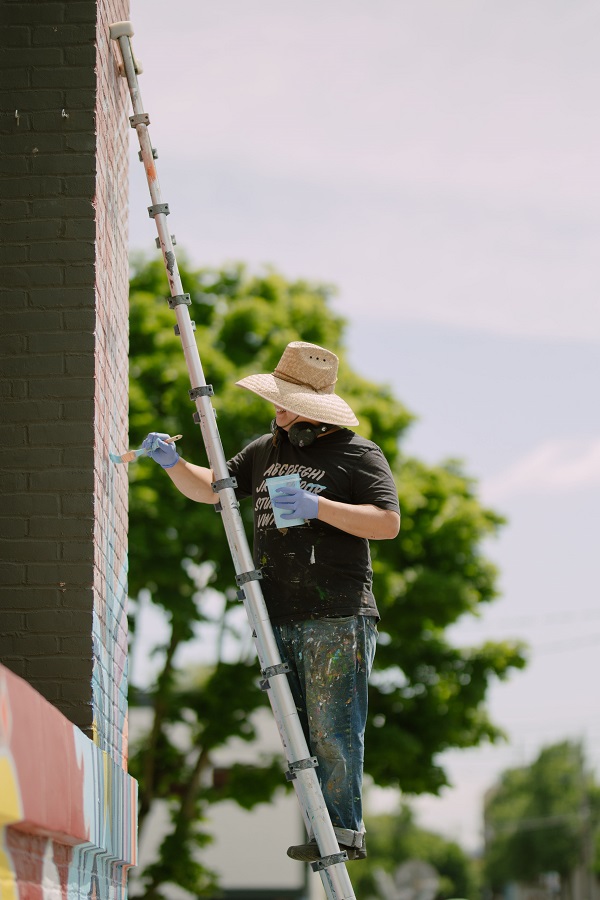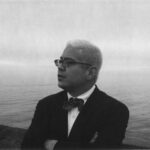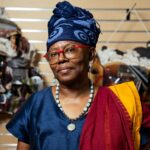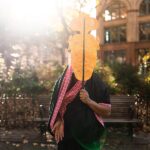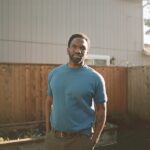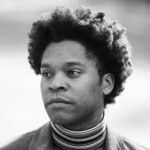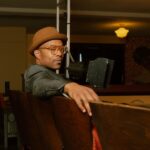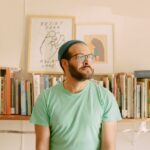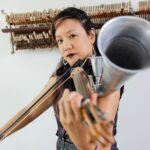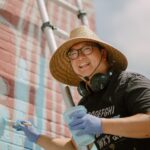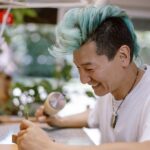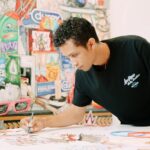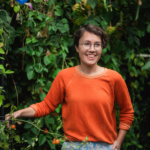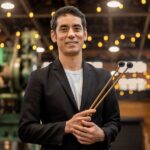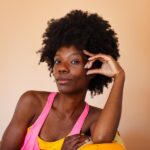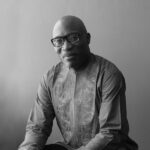RECLAIMING SPACE: THE RADICAL PALETTE OF ALEX CHIU
Written by Daniela Naomi Molnar; Photographed by Frankie Tresser
Alex Chiu has always been fond of stories. At first, he told stories through tiny, ornate, vividly colored comics populated by fanciful, lovable characters, like cats with rainbows streaming from their eyes and smiling cyclops with fangs—carefully crafted worlds full of imaginary creatures living a peaceful, playful existence. Chiu characterizes this early work based on dreamy self-expression as “escapist” now, but his dedication to it over many years honed his sense of color, composition, and narrative, and provided him with a capacity to envision safe, joyous ways of living that inform his visionary current work: large-scale, public murals—a far cry from the tiny comics made in what he calls “monastic” introversion.
Shortly before Chiu’s first child, Mazzy, was born in 2016, this safely introverted work began to feel like a hindrance rather than a refuge. Trump was about to be elected President and “I was suddenly responsible for another human,” Chiu recalls. “The fact that this responsibility occurred when there was such an intense, terrifying political climate made it very clear that I needed to raise my kids in a different way than I had been raised.” Chiu began to educate himself about racial politics, beginning with a more politicized understanding of his own cultural identity.
Chiu, who has an easy, gentle smile and radiates friendliness and calm, was raised in southern California in a community with many Asian Americans. His parents, immigrants from Hong Kong, instilled in him the value of dedication, community service, and hard work. They were proud of their adopted country and eager to work hard to create a good life here. “They always sought to be assimilated,” says Chiu. “They wanted me to be American. Their view was, this is a great place. It’s better than where we came from. There are more opportunities. There’s nothing to complain about.”
As a result of this upbringing, Chiu says that “being Chinese was not something I was trying to preserve in my own life or self-expression. Actually, a lot of my childhood involved me seeking an escape from Asian culture.”
But when Chiu met his wife, who is fourth-generation Japanese American, he learned from her about the forced imprisonment of Japanese Americans during World War II. His wife’s ancestors were among 70,000 citizens made to evacuate their homes, farms, and businesses for incarceration camps. The vast majority never regained ownership of their land. Chiu learned about this history in his twenties, but its profound implications came alive for him with Trump’s rise to power and the birth of his daughter.
So Chiu began to develop a vision of how his work could become part of the civic discourse and “alter history and culture.” He knew this would require moving beyond the safe hermitage of his comics. He began teaching himself to paint larger-scale by practicing murals, pro bono, on the walls of locally owned businesses. In 2016, he received his first big opportunity to give his new vision expression: TriMet, which oversees the city’s public transit, commissioned Chiu to paint a mural at the 82nd Avenue light rail station. And so it was that while the 45th President of the United States was building contentious walls, Alex Chiu was transforming existing walls into new expressions of community and beauty.
Chiu’s 82nd Avenue mural features community members in various scenes: parents reading a book to a child, teenagers teaching a toddler to write, musicians making music, people sharing a meal. It’s a celebratory snapshot honoring the lives unfolding near the transit station. Each scene blends into the next, suggesting the vital interdependence of any community.
Most of the community members depicted in the mural are POC. This was an intentional decision by Chiu, who says, “As a person of color, you often feel unseen, marginalized. You’re forgotten in a lot of ways. So bringing value to that experience and preserving it is a radical, valuable thing.”
But unlike Chiu’s peacefully imagined comic book worlds, claiming space in the real world—in bold hues and dimensions, no less—takes courage, and involves risk. The work’s focus on community members of color generated backlash. Chiu was repeatedly threatened. One older white man, for example, talked to Chiu every day on his way to the morning train. Their conversations “started off as a joke. He was like, well, are you going to throw me in there? Just remember what I look like. I like to go fishing. And I’ve lived here my whole life.” Chiu joked amiably with the man but also repeatedly told him that the design for the mural had been set and was not going to change. Once the mural was near complete, the man’s jocular tone became menacing.

